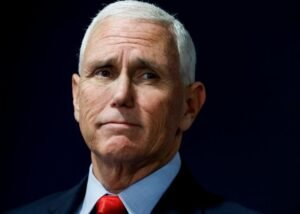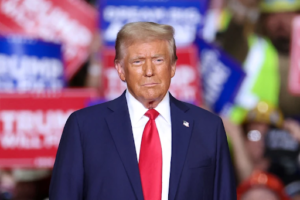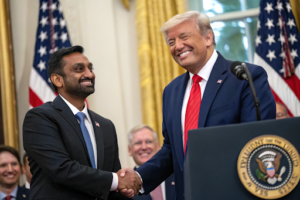Rising Flames in the Middle East
In an unprecedented military move, the United States launched a series of airstrikes targeting Iran’s nuclear infrastructure in the early hours of Sunday morning. The offensive, reportedly conducted with real-time intelligence support from Israeli forces, comes at a time when tensions in the region are already at a boiling point due to ongoing hostilities between Israel and Iran.
This coordinated strike represents one of the most daring and direct U.S. military interventions in the Middle East in recent years, with potential repercussions not just in the region but across the globe. President Donald Trump, in a nationally televised address from the White House, described the mission as “precise, overwhelming, and absolutely necessary for global peace.”
The Operation: A Swift and Decisive Assault
According to Pentagon sources, the attack involved a mix of long-range stealth bombers and precision-guided cruise missiles. The targets included key components of Iran’s nuclear development infrastructure, such as uranium enrichment plants and underground storage facilities.
Defense officials confirmed that the strikes were carried out with pinpoint accuracy and were designed to neutralize Iran’s nuclear capabilities without resulting in widespread civilian casualties. Satellite imagery released after the operation showed extensive damage to multiple sites, although Iranian state media downplayed the scale of the destruction.
President Trump stated, “These were not symbolic strikes — they were strategic demolitions. Iran’s nuclear ambitions have been dealt a severe blow tonight.”
Iran’s Response: Defiance Amid Destruction
Shortly after the strikes, Iran’s Atomic Energy Organization confirmed that several of its facilities had been targeted. However, Iranian officials were quick to assert that their nuclear program would not be derailed by what they referred to as an act of “aggression and international lawlessness.”
A spokesperson for Iran’s foreign ministry accused the United States of escalating tensions to divert attention from domestic issues, while also vowing to retaliate “at a time and place of its choosing.” Supreme Leader Ayatollah Ali Khamenei reportedly convened an emergency meeting with top military and government officials to assess the situation and prepare for potential countermeasures.
Despite the damage, Iran insisted that its nuclear research activities — which it claims are for peaceful energy purposes — would continue undeterred.
Israel’s Role: Behind-the-Scenes Catalyst
Though the United States took the lead in the operation, many analysts believe Israel played a critical behind-the-scenes role in both planning and intelligence. Over the past several weeks, Israel has accused Iran of plotting attacks against its territory via proxy groups in Syria and Lebanon. The Israeli Defense Forces have also been engaged in near-daily clashes with Iranian-aligned militias.
A senior Israeli official, speaking on condition of anonymity, praised the U.S. action, calling it “a vital step in neutralizing a common threat.” While Prime Minister Benjamin Netanyahu has yet to issue an official statement, political insiders suggest he was briefed in advance and gave his full support.
International Reactions: A Divided World Stage
The global response to the airstrikes has been sharply divided. Traditional U.S. allies such as the United Kingdom, France, and Australia issued cautious statements urging restraint but acknowledged the “serious threat” posed by Iran’s nuclear ambitions. NATO called for an emergency session to discuss the evolving situation.

















